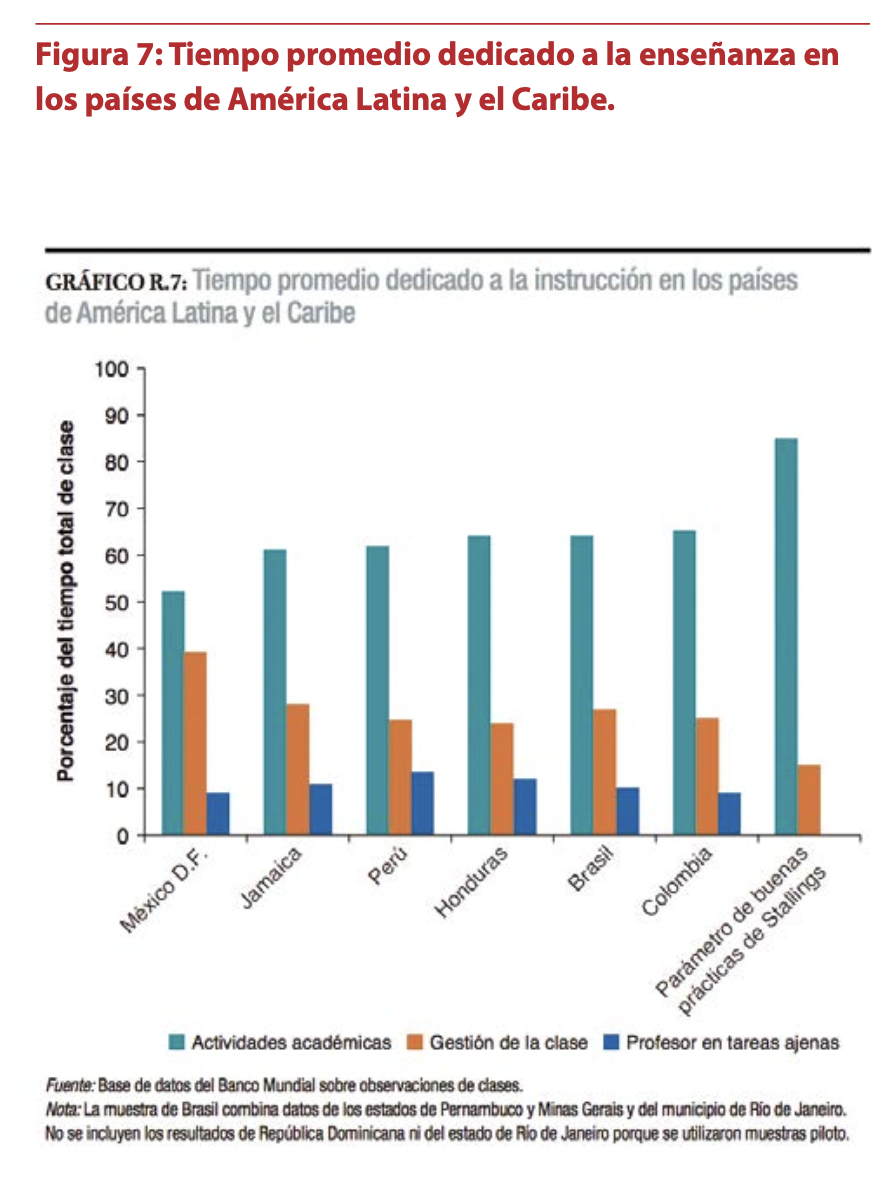Correletion between time spent and competency in scientific literacy
At least in Latin America there is a correlation between the total amount of time students spend on scientific subjects and their output in standardized tests[@furman2020Aprender ciencias en las escuelas primarias de América Latina]. This means that to improve the basic competences that define scientific literacy schools should increase the time students actually focus on specific subjects.

Moreover, a problem is that within the Natural Sciences the amount of time spent on different topics varies according to the teacher. There is evidence that physics and chemistry are overlooked by teachers[@furman2020Aprender ciencias en las escuelas primarias de América Latina] in favor of biology, the body, etc. It may be due to teachers lack tools to design a science curriculum.
The correlation between time spent is not the only factor that determines the output, though. It must be remembered that standardized educational tests may be very different from the tests teachers take, and therefore lack to tools to foster scientific curiosity at an early age, poor pedagogical planing, overall lack of infrastructure also play a role. Without neglecting that science education outputs correlate with socioeconomic level.
Backlinks
These are the other notes that link to this one.
